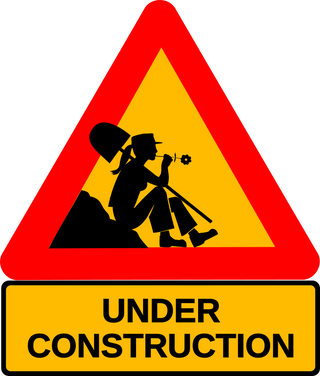Menu

All the Dirt on Dirt
Toronto’s soil, clay with pockets of sand, and how to cope with its challenges
The soil in most areas of Toronto and Mississauga is Luvic soil. Feel like that helps? Not really? So lets use words we really understand. You have clay soil. So think about clay you played with as a child and then think of gardening. Its hard to see where they meet. We have a few suggestions and tips to help you with what you have. If you want to be more informed about the soil or just look at an interesting map check out: https://soilsofcanada.ca/ And Luvic soil is described here. http://sis.agr.gc.ca/cansis/taxa/cssc3/chpt08.html#distinguishing
Clay Soil
Most of Toronto has clay based soil. (If you are in one of the pockets that has sandy soil, see below) That means that when it gets wet, it tends to stay wet. When it gets dry, it tends to crack and get fissures. If you dig it, or drive over it, or even walk over it when it is wet, you will compact it easily. Then, once it is dry again, it will have the texture of hardened concrete. And, well, that's certainly not ideal.
What to do:
- Avoid, at all costs, digging in wet soil. Yes, that may mean putting off work by days, especially in the spring. But try to help yourself.
- If it is very dry, you will find that watering the day before will significantly reduce the chore of digging. (Which you are avoiding anyways.) By morning, the water will have soaked in and loosened up that concrete for you.
- Do not try to dig over or turn your garden beds. This practice came from the idea that farmers plow fields, and so the homeowner followed suit. Back breaking double digging is out.This means no double digging and no rototilling. In the short term, it will seem like you are making nice fluffy soil. In the long term (like by the end of the season) you’ll have compacted the soil because you broke up all the clumps of structure and made powder instead. Now it has settled, and you have concrete. The roots of your plants can’t easily penetrate that.
- To make a new garden bed, layer compost or triple mix on top of your existing soil if possible.
- Get into the practice of adding compost at every opportunity. Spreading half an inch of compost annually is the best thing you can do for your soil. The worms and other creatures that live in the soil will happily bring it underground for you and create lots of nice little air spaces in the process.
- If you are removing a plant (for instance harvesting your vegetables) leave those roots in the ground. They’ll die, and become compost, and create nice air spaces, and over time make great soil structure for you.
- Cover the soil. Sun beating down on your soil kills the important layer of microbes that makes your soil productive. It doesn’t have to be mulch. Look into layered planting and ground covers. A simple method is to rake your leaves into your garden beds in the fall. By the time you need to get in there in the spring they’ll be mostly gone. This provides mulch, over wintering habitat, compost...and, it’s so much easier than bagging them.
Brightside
On the upside, clay soil is generally very rich in minerals. No need for fancy amendments.
Sandy Soil
You may live in a part if Toronto or Mississauga that has sandy soil. Or you may have a mix of both. Here are the tips for sandy soil.
What to do:
Well..it’s kind of the opposite..because sand drains so well that you can’t keep the soil wet. But, surprise! The solutions are all the same.
- Don't dig it just compacts the soil, and removes any useful root structure or air pockets that can hold moisture for you.
- Add compost – it will improve your soil’s holding capacity. Remember top dress not double digging
- Leave roots in the ground.
- Cover the soil.
- If you have extremely sandy soil, you may want to add some nutrients, as they are easily washed away in sand. Again..a good compost is the best solution.
Bottom line
Don't dig, just garden!
Further reading
If you want to read more on that subject of soil and how to tackle clay and sand soil we recommend the following:
https://www.finegardening.com/article/improving-clay-soils Its an American article but not area specific, and concentrates more on vegetables over flowering plants. But its very readable and shows you how to roll the clay soil in your fingers to test for "clayness". https://gardening.usask.ca/article-list-soils/misconception-adding-sand-to-clay-soils.php This is a Canadian resource with the same basic message.
- Choosing a selection results in a full page refresh.

